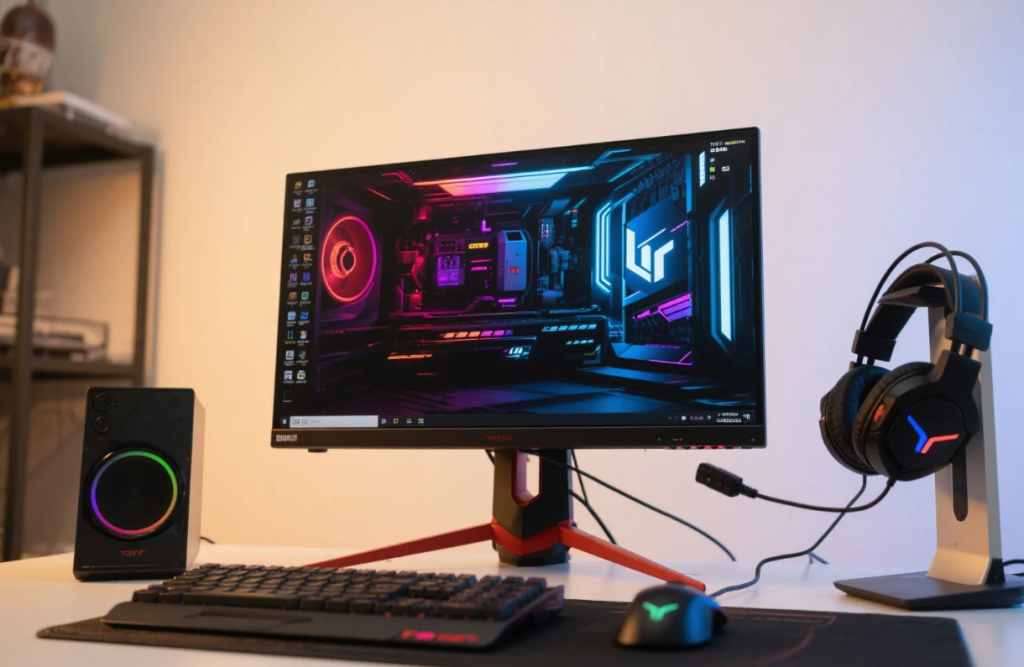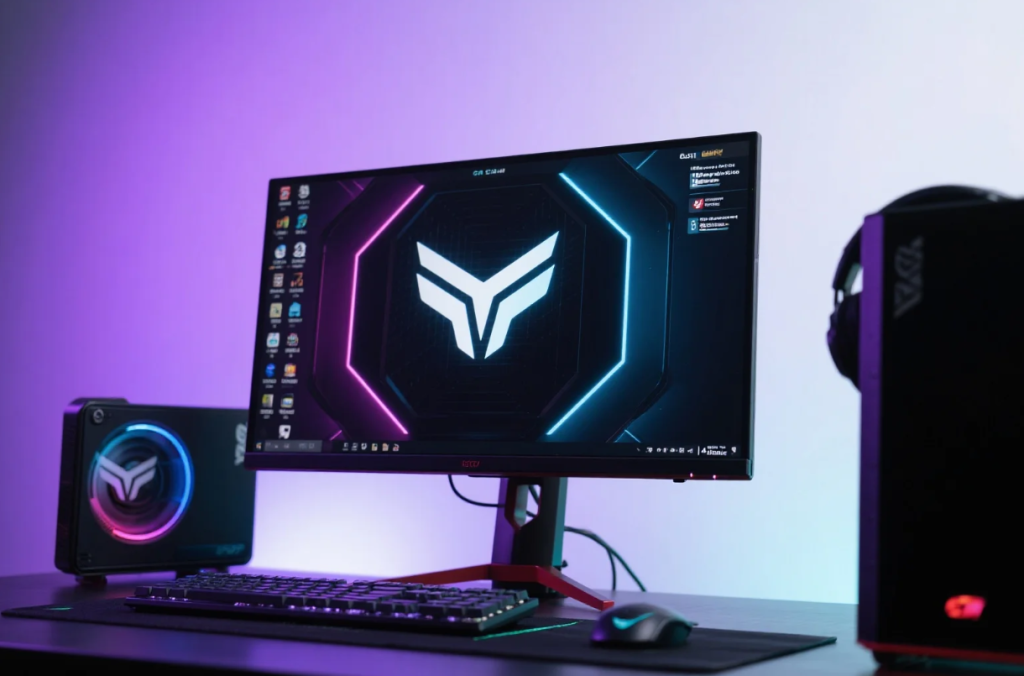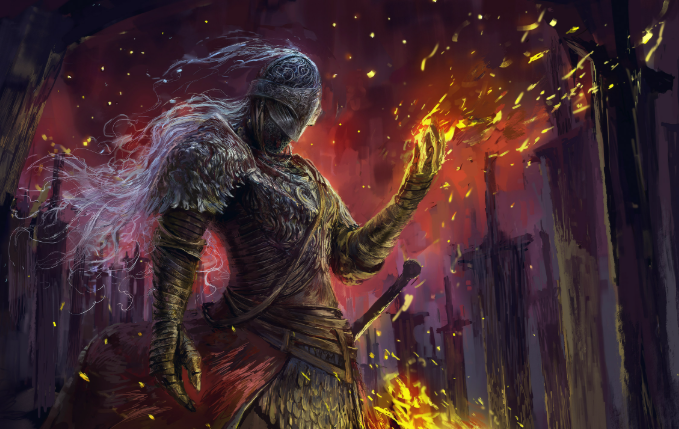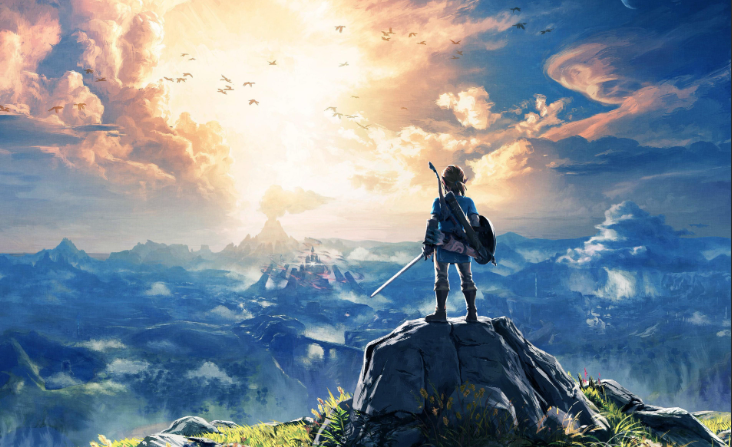
The Real Beginner’s Guide to Choosing a 1440p Gaming Monitor That Won’t Break the Bank**
Late one night, Lao Li was on a roll. Three wins in a row on Apex Legends. His shots were clean, his positioning smart—but every time it came down to a clutch duel, something felt… off. His reflexes were fine, but it was like the game was one step ahead of his screen.
He took off his headset and stared at his aging monitor. “Is this thing dragging me down?”
Sound familiar?
It’s easy to blame your reflexes or strategy when a match doesn’t go your way. But sometimes, it’s your hardware quietly betraying you. A lot of gamers put all their budget into GPUs and gaming mice while holding on to that old 1080p monitor from five years ago. And that, my friend, could be the reason your aim is late and your visuals feel muddy.
These days, 1440p—aka “2K resolution”—is no longer just for enthusiasts. It’s become the sweet spot for serious gamers who want smoother motion and sharper visuals without frying their GPU. If you’ve ever felt your 1080p screen just isn’t cutting it anymore, but 4K still feels too much, a budget-friendly 1440p gaming monitor might be exactly what you need.
Lao Li realized the same and started researching his next upgrade.
He didn’t want anything fancy—just something that looked sharper, ran smoother, and didn’t require selling a kidney. His budget? Around $300 to $350. But once he dove in, he was overwhelmed. IPS vs. VA vs. TN, 144Hz vs. 165Hz, HDR400, 1ms GtG, G-Sync, FreeSync… the jargon alone was enough to make anyone abandon ship.
Eventually, he narrowed it down to what really matters:
- Resolution: 2560×1440 is a must. No ultra-wide trickery here—just solid 16:9 for classic shooters and fast-paced games.
- Refresh rate: 144Hz minimum. Once you go high refresh, you’ll never go back. Everything from crosshair movement to fast pans feels buttery smooth.
- Response time: 1ms (gray-to-gray) is the new standard. You want snappy transitions, especially in FPS titles.
- Panel type: IPS is your friend. VA can look great but often has ghosting; TN is fast but washed out. IPS balances speed and color beautifully.
- Sync tech: G-Sync or FreeSync compatibility helps prevent tearing and stutters—great if your framerate isn’t always rock-solid.
After days of digging through YouTube reviews and Reddit threads, Lao Li found two solid contenders: ASUS TUF VG27AQ and Gigabyte G27Q.
The ASUS one had a gamer edge—165Hz refresh, IPS panel, G-Sync Compatible, and HDR400. A durable, clean design and strong thermal performance sealed the deal. The Gigabyte one, on the other hand, emphasized color fidelity, with 95% DCI-P3 coverage, still IPS, and with very respectable response times.
Lao Li went with the ASUS. It looked sleeker to him and had a rugged feel he liked. But when he set it up, he ran into a surprise—only 60Hz was showing up. Panic. Was the monitor broken?
Nope—it was the HDMI cable.
A lot of displays only come with a standard HDMI cable that maxes out bandwidth. If you want 1440p at 144Hz or higher, you need a DisplayPort 1.4 cable. He switched cables, changed the Windows refresh rate setting, and suddenly the screen came alive. Smooth. Sharp. Fluid.
He even tweaked some settings—adjusted the color temp from cool to warm, and the whole game world felt less sterile, more natural. Then he discovered DisplayCal and started dabbling in color calibration. Not just for FPS—his whole desktop looked better. Even Netflix had more “cinema.”
That upgrade changed everything.
“I used to think I was just bad at aiming,” Lao Li joked to his teammates. “Turns out, I was seeing the fight half a second too late.”
Now, he’s dropping bombs in Warzone, calm and confident, sipping a cold beer while cruising through matches. He doesn’t rage after losses anymore—because now, when he loses, he knows it’s actually on him.
And that’s the real magic of a 1440p gaming monitor. It doesn’t just give you pixels—it gives you clarity, responsiveness, and most of all, confidence.

If you’re sitting on a mid-range GPU like an RTX 3060 or RX 6700XT, 1440p is your playground. It won’t tank your framerates, but it’ll make every headshot cleaner and every map sharper. Just double-check that your GPU can handle it, and don’t forget the right cable.
When people spend hundreds upgrading GPUs but ignore the monitor, it’s like putting a V8 engine in a beat-up sedan. A good display isn’t just a luxury anymore—it’s part of the game.
So if you’re stuck at 1080p and wondering why your gameplay feels just “meh,” maybe it’s not your skills that are outdated. Maybe it’s time to give your screen a serious upgrade.
Just ask Lao Li. He’s not just playing better—he’s enjoying the game more than ever.
![]()

